How does Brazil red bourbon taste? Brazil red bourbon single hand cooking method parameter cooking course
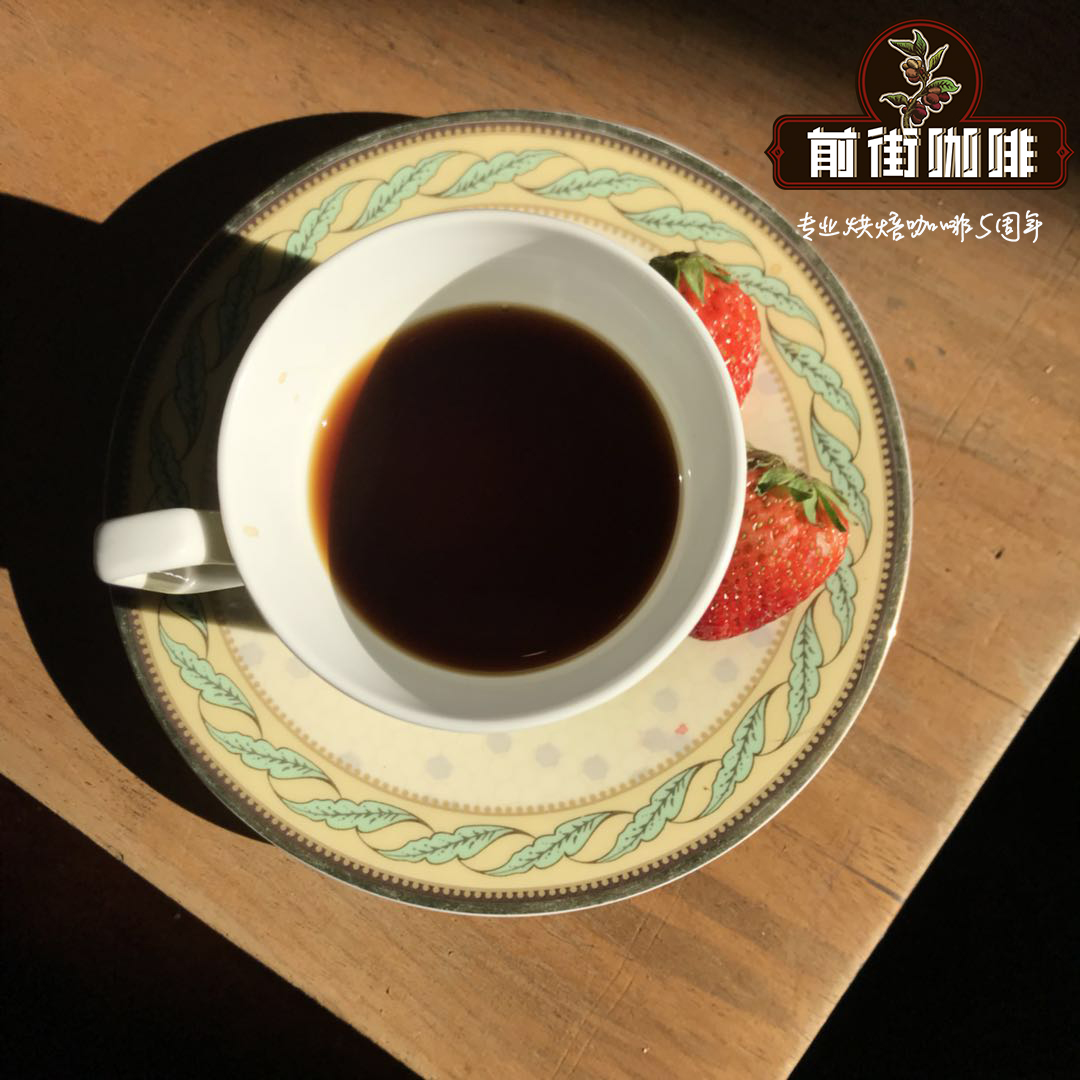
Professional coffee knowledge exchange more coffee bean information please follow the coffee workshop (Wechat official account cafe_style)
Among the food rations on the front street, one comes from Red Bourbon in Minas South, Brazil. Qianjie rations and beans mean that it can obviously reflect the flavor of coffee in this producing area, although it is not the best coffee in this area, but the performance-to-price ratio and flavor taste can be guaranteed. So what is the flavor and taste of Brazilian red bourbon coffee and the performance of Qianjie rations beans?
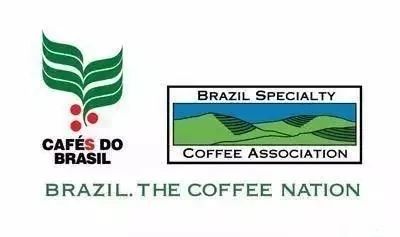
Coffee producing areas in Brazil
Brazil is in the tropics, coffee cultivation is dominated by two kinds of topography, one is the Brazilian plateau above 500 meters above sea level, and the other is the Brazilian plain below 200 meters. Coffee beans grown in Brazil include Arabica coffee beans and Robusta coffee beans, of which Arabica coffee beans are mainly grown and are well known as bourbon (including yellow bourbon, red bourbon and Pindou mountain toast). The taste of Brazilian coffee is mainly characterized by low acidity, nutty flavor, balanced and moderate thickness. Among many boutique coffee varieties, Brazilian coffee is not very outstanding, but Brazilian coffee is often used as a blending variety in Italian coffee.
Brazil has 21 states and 17 states produce coffee, but four of them produce the largest, accounting for 98% of the country's total output. The taste of Brazilian coffee has a low sour taste, with the sweet and bitter taste of coffee, the entrance is very smooth, but also with a hint of grass aroma, slightly bitter in the fragrance, smooth and smooth, with a pleasant aftertaste. Old bourbon coffee is grown on some estates in the Serrado district of Minas Greais state in southeastern Brazil. The Serrado platform and South Minas in the west of Minas are mostly above 1100 meters above sea level, with rich landforms, obvious dry and wet seasons, great temperature difference between day and night, and rich microclimate, which are suitable for cultivating elegant red bourbon and yellow bourbon. It has naturally become the main producing area of Brazilian boutique coffee.
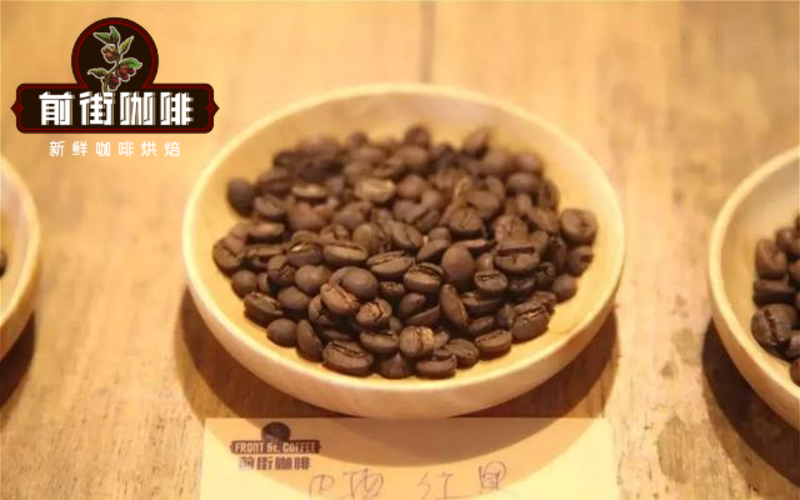
Treatment mode
There are four most common treatment methods for Brazilian coffee, namely, sun treatment, half-sun treatment, semi-washing treatment and water washing treatment. Among them, the water washing treatment started late in Brazil and the market recognition is not high.
Sun treatment, screening high maturity coffee fruit, directly drying in the sun, from time to time to flip the coffee fruit, so that it is evenly heated and dried, until the moisture content is 12%, remove the peel and pulp.
Half-sun treatment, after screening suitable coffee fruit, remove the peel, pulp and part of pectin, with a small amount of pectin to air until the moisture content is 12%.
Semi-washing treatment, different from half-sun treatment, is to completely remove the pectin and then go to dry until the moisture content is 12%.
The washing method is also to screen the suitable coffee fruit, remove the peel and pulp, and remove pectin by soaking and fermenting in water. This process can make the coffee beans produce acid, and then air until the moisture content is 12%. Half-sun treatment and semi-washing treatment are direct mechanical removal of pectin, which is different from water washing.
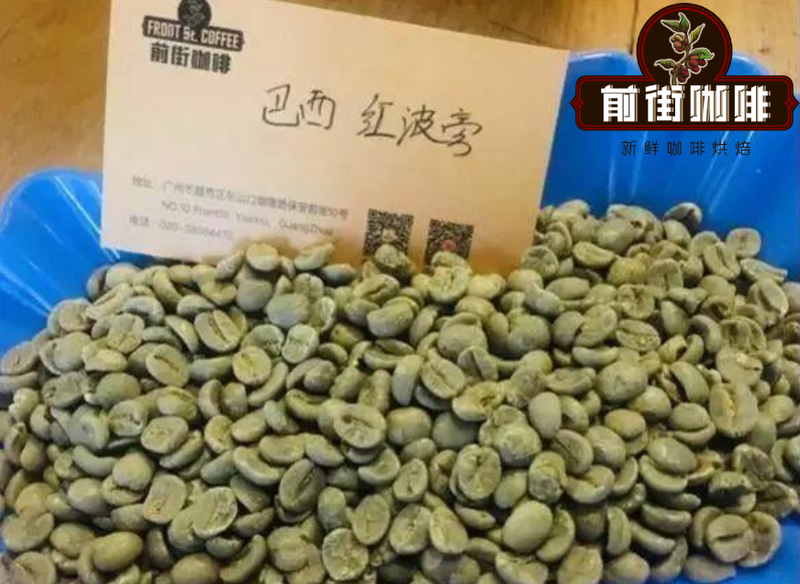
Take [Qianjie Coffee Brazilian Red bourbon Coffee] as an example.
Producing area: southern Minas Gerais
Altitude: 1000m
Variety: red bourbon
Treatment: half-sun
Qianjie coffee roasting analysis roaster Yang family 600g semi-direct fire
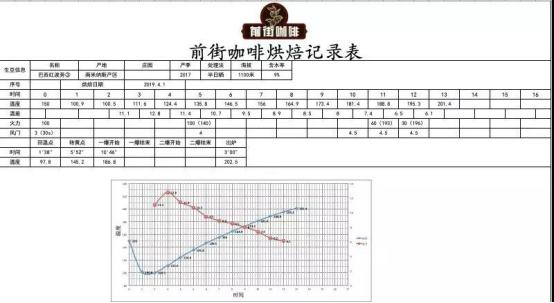
Brazilian coffee generally grows at an altitude of 1000-1300 meters above sea level, so its density is relatively low, the water content is moderate, the bean quality is soft, and the thickness from the bean surface to the bean core is thin, so it is not suitable for baking at too high temperature, so there will be a bitter taste. We choose the method of throwing beans over medium heat to keep the firepower to the dehydration stage, and fine-tune the caramelization reaction with the increase of temperature after the first explosion, which makes the caramelization reaction more fuller. After the semi-water washing and explosion, the temperature rises slowly, and the beans can be dropped when the second explosion is near. The furnace temperature is preheated to 200 degrees Celsius, fire is fired after the throttle is set at 3J30s, the firepower is adjusted to 160, the throttle is unchanged, the temperature recovery point is 30, keep the firepower, the grass smell disappears, the firepower is reduced to 130, and the throttle is opened to 4. At 168 degrees, the firepower was lowered again to 100.8 degrees 39. 00 after dehydration, the bean table appeared wrinkled and black markings, and the taste of toast changed to coffee, which was a prelude to an explosion. At 8: 00, 39: 00, 50 starts to explode, and all the throttle doors are open. After an explosion, the development time is 3 minutes and 10 seconds, and when it reaches 190C, the firepower drops to 50194 degrees, then to 30 degrees, and then to about 200degrees.
Suggestion on brewing coffee in Qianjie
In general, Qianjie coffee will have a cup test before selecting coffee beans, and the cup test is the most unskillful way of brewing, which can know the flavor of coffee beans more accurately. But to taste a coffee bean, you still have to make a serious hand-brew, and then Qianjie Coffee will demonstrate how to brew the Brazilian bourbon beans.
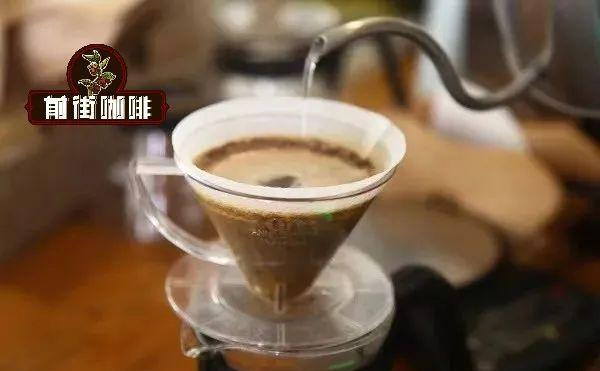
Cooking parameters: use Kono filter cup, 88 ℃ water temperature, 15g powder, 1:15 powder / water ratio, medium and fine grinding (Chinese standard No. 20 sieve pass rate 80%)
The Kono filter cup has few ribs and is located at the low end, and the filter paper is attached to the filter cup, which can limit the airflow to increase the contact time between water and coffee powder, so that the coffee powder can be fully extracted and enhance the mellow taste. When choosing Kono filter cup to boil medium-and deep-roasted coffee beans, it can highlight the mellow feeling of beans.
The method of brewing coffee in the front street
Using segmented extraction, 30 grams of water was steamed for 30 seconds, small water was injected around the circle to 125 grams, and when the water level was about to be exposed to the powder bed, the water injection was stopped to 225 grams, and the extraction time was 2 minutes. Try to keep the cooking methods of the two beans as consistent as possible.
Flavor description: the entrance is sweet, with a hint of lemon aroma, rich nutty flavor, dark chocolate sweetness in the back, and overall round taste.
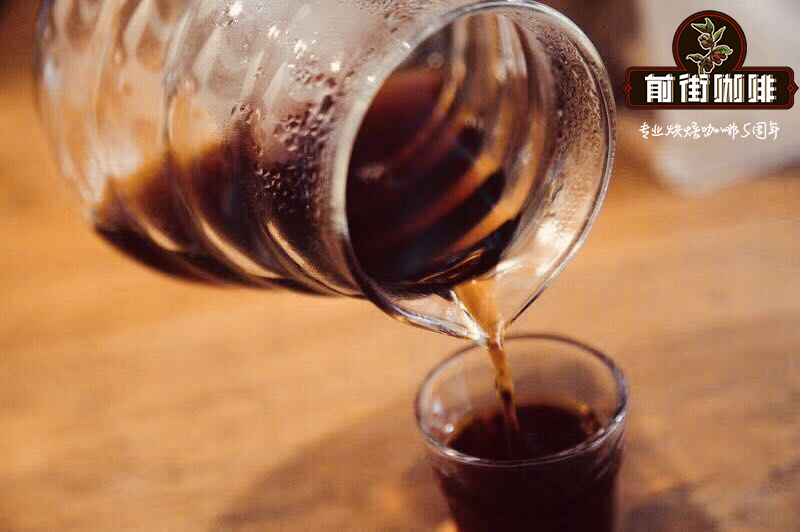
Important Notice :
前街咖啡 FrontStreet Coffee has moved to new addredd:
FrontStreet Coffee Address: 315,Donghua East Road,GuangZhou
Tel:020 38364473
- Prev
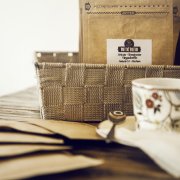
Panama Jensen Manor Sun BOP Rose Summer Walken how do you like Panama Jensen Manor Sun BOP
For more information on coffee beans, please follow the Coffee Workshop (Wechat official account cafe_style) the 2013 Panama Coffee Award awarded by the Panama Fine Coffee Association, with a new finalist Carl Jensen's Jensen Manor Rose Summer, known as Coffee Champagne. Up to now, rose summer has always been an excellent variety of coffee, which is full of sweetness.
- Next
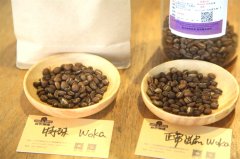
Taste exploration | what are the differences in the flavor of washed Yegawaka in different baking methods?
Professional coffee knowledge exchange more coffee bean information Please follow the coffee workshop (Wechat official account cafe_style) every day we take time to adjust the curve to explore how the same bean tastes better when roasted, so we use Waka to experiment. Waka is located in the Yega Chuefei producing area, 18002000 meters above sea level, pastoral coffee system, attached to the Sidamo producing area, because of its unique
Related
- Detailed explanation of Jadeite planting Land in Panamanian Jadeite Manor introduction to the grading system of Jadeite competitive bidding, Red bid, Green bid and Rose Summer
- Story of Coffee planting in Brenka region of Costa Rica Stonehenge Manor anaerobic heavy honey treatment of flavor mouth
- What's on the barrel of Blue Mountain Coffee beans?
- Can American coffee also pull flowers? How to use hot American style to pull out a good-looking pattern?
- Can you make a cold extract with coffee beans? What is the right proportion for cold-extracted coffee formula?
- Indonesian PWN Gold Mandrine Coffee Origin Features Flavor How to Chong? Mandolin coffee is American.
- A brief introduction to the flavor characteristics of Brazilian yellow bourbon coffee beans
- What is the effect of different water quality on the flavor of cold-extracted coffee? What kind of water is best for brewing coffee?
- Why do you think of Rose Summer whenever you mention Panamanian coffee?
- Introduction to the characteristics of authentic blue mountain coffee bean producing areas? What is the CIB Coffee Authority in Jamaica?

